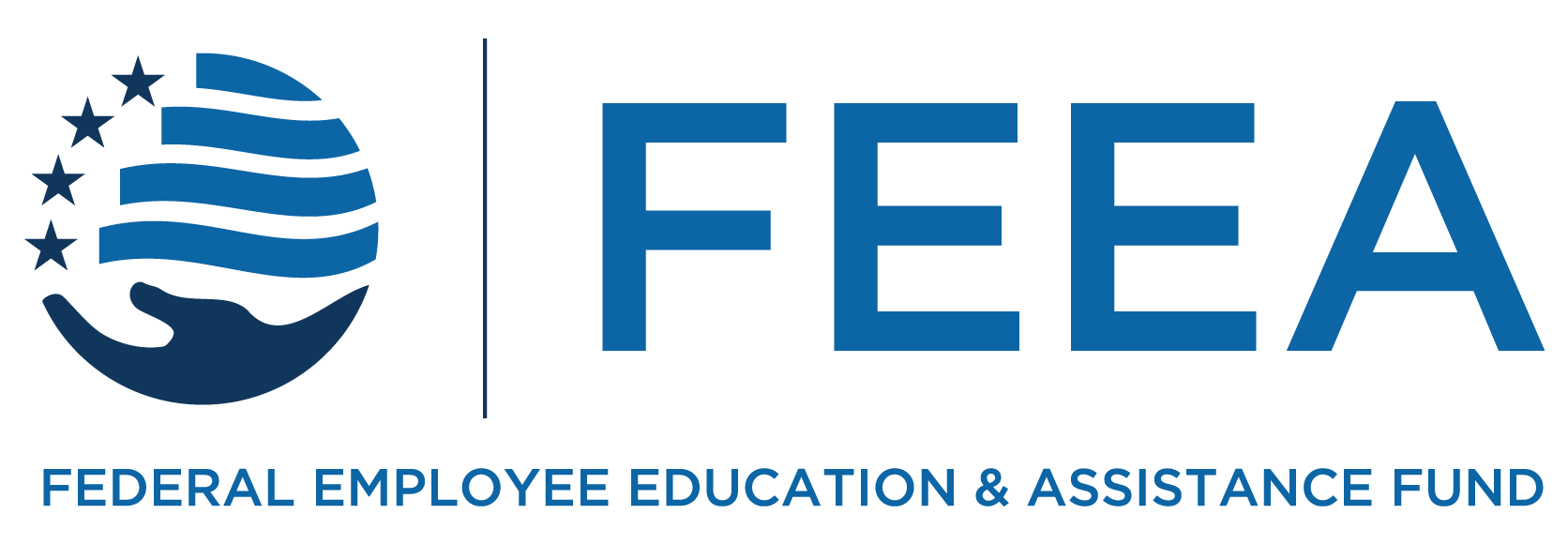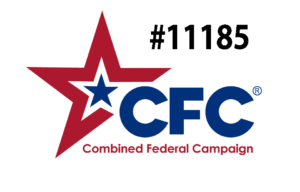Do you know someone trying to get back on their feet after a bankruptcy?
by Joyce Warner
I recently sat down with Howard Dvorkin, a CPA, author, and the founder of Debt.com to discuss how someone can get back on their feet after a personal bankruptcy. There is life after bankruptcy!
JOYCE: Howard, thanks so much for sitting down with me today to talk about life after bankruptcy. For our readers who may not know all the ins and outs, what is bankruptcy? What is the difference between the two main types of individual bankruptcy, Chapter 7 and Chapter 13?
HOWARD: Bankruptcy is confusing for a couple of reasons. First, it’s a legal proceeding. Second, it’s regulated by federal law. So combine the courts and the government, and what you get is not simple.
Luckily, the broad strokes are basic enough. Bankruptcy is a legal way to seek relief from your debts. Chapter 7 is often called liquidation bankruptcy, because it can wipe out credit card balances and medical bills. Chapter 13 is called reorganization bankruptcy because you make enough money that you don’t qualify for Chapter 7, so you pay back some of your debts by making smaller monthly payments.
JOYCE: What happens to your credit report and credit score after a bankruptcy? How long does it stay on your credit report?
HOWARD: Yup, this is one of the huge drawbacks to bankruptcy. Chapter 7 bankruptcies stay on your credit reports for a decade, while Chapter 13 isn’t going away for seven long years. That means you’ll have trouble getting a mortgage, an auto loan, and even a credit card – and if you do, expect the interest rate to be sky high.
That makes sense, though. You went through a legal process to either get rid of or greatly reduce money you owe lenders. Other lenders will take notice. They’ll be very wary of handing you more money.
JOYCE: What debts can’t be included in a bankruptcy?
HOWARD: There are a lot, actually. The big one for many people? Student loans are notoriously hard to discharge. The average student loan burden in this country is $37,000 – and 2 million Americans owe $100,000 or more. Yet that can’t be wiped out in any kind of bankruptcy. Then there’s child support, alimony, Social Security taxes, income taxes, back taxes, court fees, and – another biggie – mortgage debt.
JOYCE: What’s the difference after a bankruptcy between “charged off” and “discharged” on debts listed on your credit report?
HOWARD: One is a legal term. The other is an accounting term. “Discharged” means you got a court order, and the people can’t do anything to collect what you owe them. “Charge off” is what your lenders decide to do. They basically declare you dead to them and either write off your debt as lost or sell it to a collection agency – which will then bother you to pay back something.
JOYCE: What about other items affected by your credit history, like insurance? What happens to them after a bankruptcy?
HOWARD: This is another often-overlooked bankruptcy problem. Insurance companies can refuse to renew your policies once they expire. Your home loan and auto loan can be at risk. Then you’ll need to find alternatives, which are out there but will cost you a lot more.
But let’s clear up one scary myth: Bankruptcy doesn’t result in insurance companies cancelling your policies. We’re talking about renewing those policies once their term is up.
Finally, if you want to buy life insurance after bankruptcy, that could get tricky, too. Most carriers require you wait for a while after your discharge. How long depends on the carrier.
JOYCE: What if any types of credit are available to someone who has a recent bankruptcy?
HOWARD: You need to rebuild your trust with the folks who lend money. A secured credit card is one great way. It’s just a fancy term for a credit card that requires an upfront deposit. Basically, your credit limit is whatever you deposited. Sounds weird, right? But lenders will like you more if you make all your payments on time, and they’ll count it toward your credit rehabilitation.
The same concept applies with a credit-builder loan. Unlike other loans that give you the money upfront, the lender puts the money in a savings account. You make payments, and at the end of the loan’s term, you get the money. If you make payments on time, you help your credit and rebuild your trust.
JOYCE: What are the most important things someone can do build their credit report and score up?
HOWARD: Bankruptcy is stressful and time-consuming, but this is when the real work starts. You need to be diligent if you’re going to blunt the worst parts of bankruptcy. Let’s break it down…
First, get in the habit of checking your credit reports for errors. The Federal Trade Commission has said up to a quarter of all credit reports have mistakes in them. After bankruptcy, those mistakes could cost you. So make sure the proper accounts were discharged, and those discharged accounts have a zero balance. Also make sure the date of your filing is correct. How do you do that? Simple, go to www.annualcreditreport.com. You can check your credit reports from the Big Three credit bureaus – Equifax, Experian, and TransUnion – once a a year for free.
Second, get a secured credit card. Check the fine print and make sure you get one that suits your needs. But definitely explore this option.
Third, create a budget and stick to it. You don’t want to fall behind on your bills again. To help you make all payments on time, make a budget. This is easy these days, because secure online tools like Mint and YNAB – Google them – do all the math for you. Your bank or credit union might have similar online tools that make budgeting less of a chore.
Fourth, stay in one place. Right after bankruptcy isn’t a time to job hop or sink money into a new business. You need stability to show lenders that your bankruptcy was a one-time problem you’ve solved.
JOYCE: Is there a way to communicate with potential creditors the reason for the bankruptcy and would that make a difference in your opinion in how they would approach providing credit (for example if the bankruptcy was related to medical reasons)?
HOWARD: For better or worse, big banks and lenders have rules they follow when it comes to bankruptcy – you’re not their first rodeo. So they’ll ask all the right questions, and you won’t have to worry.
But if you’re dealing with a local bank or small credit union, it might be worth your time to call and explain what happened. Was it a natural disaster that sent you into bankruptcy? Medical problems? They might be more considerate and offer you a special program for such circumstances.
JOYCE: How should you handle creditors that are still approaching you after bankruptcy?
HOWARD: You shouldn’t have to. Once you file for bankruptcy, you get what’s known as an automatic stay. That bans your creditors from calling you, emailing you, texting you, or even sending you a letter through the U.S. mail.
Of course, not everyone follows the law, and sometimes creditors miss the message. So explain it to them. Tell your creditors you’ve filed for bankruptcy. The good ones will stop bugging you. As for the not-so-ethical ones, take notes during every harassing phone call, which can be used in court against these creditors.
If it continues, you can actually take those creditors to court under a federal law called the Fair Debt Collection Practices Act. So in an amazing irony, you went to court to get ride of your debts, and now you’re back in court to force your creditors to pay you!
Would you like to receive more information like this when it comes out? Sign up for the FEEA newsletter using the Newsletter Sign-up section in the sidebar of this page.
Would you like to reprint this piece in your agency human resource, federal employee association, or union local newsletter? You can do so at no cost by contacting admin@feea.org with your request.
The information provided in this piece is for your convenience and informational purposes only and not to be construed as professional advice. FEEA and its coauthors and sponsors are not liable for any losses or damages related to actions or failure to act with regard to the content in this piece.





